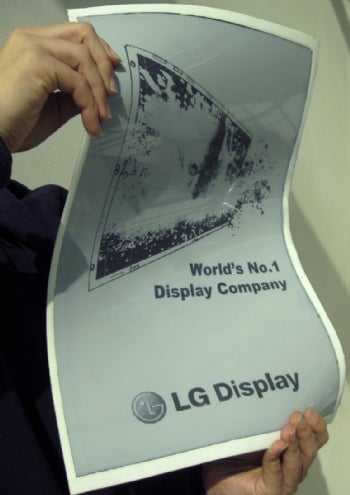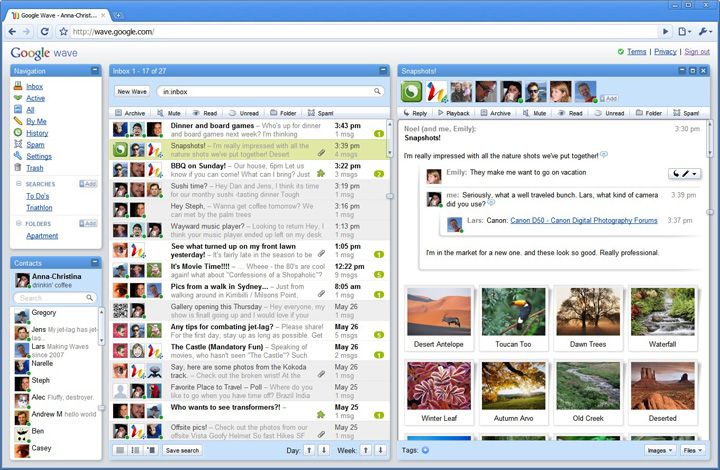NANOMEDICINE:

 A person suffering from dreaded disease like Cancer or AIDS, where chances of survival are very less & present day medicines cannot do much to help.Now imagine a army of minature robots (consumed as a capsule or taken as an injection) fighting these diseases acting as tiny surgeons curing wounds working from the Inside.
A person suffering from dreaded disease like Cancer or AIDS, where chances of survival are very less & present day medicines cannot do much to help.Now imagine a army of minature robots (consumed as a capsule or taken as an injection) fighting these diseases acting as tiny surgeons curing wounds working from the Inside. NANOROBOTS:
NANOROBOTS: Similar kind of NanoBots cleaning up our environmental pollution by eating up the non degradable pollutants such as Plastic,
Similar kind of NanoBots cleaning up our environmental pollution by eating up the non degradable pollutants such as Plastic, Used in manufacturing & repairing of Machines/Structures
NANOWEAPONS:
carrying out surviellance for the military, used for assasinations, used to eat-up & destroy enemy armour(as show in SCifi movies).
The above scenarios are not entirely fictious,some primitive molecular machines have been tested.
- An example is a sensor having a switch approximately 1.5 nanometers across, capable of counting specific molecules in a chemical sample. The first useful applications of nanomachines, if such are ever built, might be in medical technology, where they might be used to identify cancer cells and destroy them.
- Another potential application is the detection of toxic chemicals, and the measurement of their concentrations, in the environment. Recently, Rice University has demonstrated a single-molecule car which is developed by a chemical process and includes buckyballs for wheels. It is actuated by controlling the environmental temperature and by positioning a scanning tunneling microscope tip.
- A team of New York University researchers has taken a major step in building a more robust, controllable machine from DNA, the genetic material of all living organisms. Constructed from synthetic DNA molecules, the device improves upon previously developed nano-scale DNA devices because it allows for better-controlled movement within larger DNA constructs.
- The researchers say that the new device may help build the foundation for the development of sophisticated machines at a molecular scale, ultimately evolving to the development of nano-robots that might some day build new molecules, computercircuits or fight infectious diseases.
- The research team was led by NYU chemistry professor Nadrian C. Seeman. Their findings are reported in the January 3, 2002 issue of Nature. Professor Seeman said, "DNA devices can provide models for the development of nanorobotic applications -- provided the individual devices can be manipulated separately. Our findings have taken the first definitive step in localizing movement within molecular scale DNA machines, introducing independence of movement within a wider structure."
- Professor Seeman has led research teams to previous breakthroughs in the construction of structures and devices from DNA molecules. All of these structures use base pairing, which allows strands of DNA to be programmed to self-assemble in well-defined ways.
- In January 1999, Professor Seeman's lab announced the development of a machine constructed from DNA molecules, which had two rigid arms that could be rotated from fixed positions by adding a chemical to the solution. However, the chemical affected all molecules within a structure uniformly.
- The research team's most recent findings demonstrate how movement can be manipulated within molecule pairs without affecting others within a larger structure. This is done by inserting DNA "set" and "fuel" strands into individual molecule pairs.
- Scientists used paranemic crossover (PX) molecule pairs and produced a half-turn rotation by converting them into JX2 molecule pairs by removing the set strands with fuel strands and replacing them with new set strands that reconfigure the structure of the device. The data presented include both bulk measurements shown by gel electrophoresis and detection of individual structure changes by atomic force microscopy.









